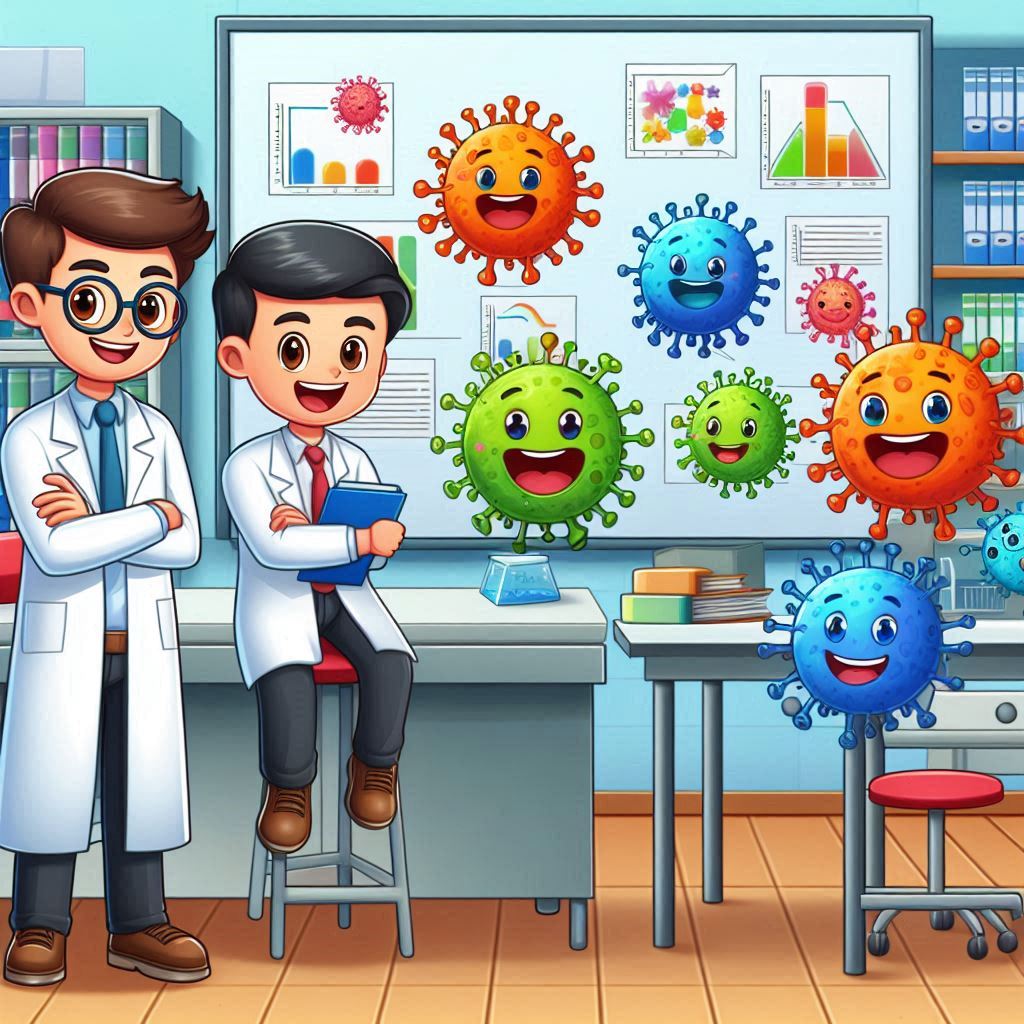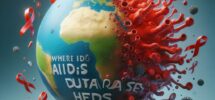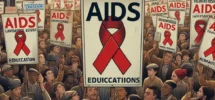Imagine a battlefield where the enemy is invisible, adaptable, and constantly evolving. This is the challenge scientists face in the quest for an AIDS vaccine. Since the early 1980s, when the first cases of AIDS were identified, the medical community has been racing against time to develop a vaccine that could prevent HIV. But before we dive into the science of prevention, it’s essential to ask: where did AIDS come from?

Where Did AIDS Come From?
The mystery of HIV’s origins puzzled scientists for decades. The prevailing theory, backed by genetic tracing and evolutionary biology, suggests that HIV originated from a type of simian virus found in chimpanzees—specifically SIV (Simian Immunodeficiency Virus). It is believed that the virus crossed into humans through a process called zoonosis, possibly when hunters in Central Africa were exposed to infected blood while handling bushmeat. Over time, the virus mutated, adapted to humans, and began to spread—eventually becoming what we now call HIV-1, the most common strain.
This transition from animal to human was not immediate or isolated. It likely happened multiple times, but only one transmission chain led to the pandemic we face today. So, when one asks where did AIDS come from, the answer lies in a complex interplay of viral evolution, ecological conditions, and human behavior that set the stage for a global crisis.
The Science Behind AIDS Vaccine Research
Once HIV was identified in the 1980s, researchers began the daunting task of understanding its structure. Unlike many other viruses, HIV is a master of disguise. It mutates rapidly, cloaking itself with sugars and proteins that make it difficult for the immune system—and vaccines—to detect and neutralize it.
Despite these hurdles, scientific efforts have not ceased. Institutions like the National Institutes of Health (NIH), the Bill & Melinda Gates Foundation, and the International AIDS Vaccine Initiative (IAVI) have poured billions into research.
- Traditional Vaccines: Similar to those for measles or polio, these use weakened or inactive forms of the virus. However, because of HIV’s rapid mutation, this method has proven less effective.
- Vector-Based Vaccines: These use a harmless virus to deliver HIV genes into the body, training the immune system to recognize and combat HIV if it ever invades.
- mRNA Technology: Inspired by the success of COVID-19 vaccines, researchers are now developing mRNA-based HIV vaccines that could instruct cells to produce proteins mimicking HIV, prompting a strong immune response.
- Broadly Neutralizing Antibodies (bNAbs): Some people naturally develop antibodies that can neutralize many strains of HIV. Scientists are now learning how to trigger such antibody production in everyone through vaccination.

Challenges and Breakthroughs
The road has not been smooth. Many promising vaccine trials, like the STEP and HVTN 702 studies, have ended in disappointment. However, each failure provides invaluable data. For instance, the RV144 trial in Thailand showed modest protection (31%)—a small success, but a beacon of hope that HIV could be fought with the right combination of tools.
In recent years, vaccines using mosaic immunogens—designed to target multiple HIV strains simultaneously—have shown encouraging results in animal trials and early human tests. These efforts reflect the tireless pursuit to outsmart a virus that continues to evolve.
Hope on the Horizon
Asking where did AIDS come from is not just a historical inquiry—it’s a key to understanding how to prevent future pandemics. AIDS vaccine research stands at the intersection of science, medicine, and global health. Each experiment, whether it leads to success or failure, is a step closer to a world where HIV is no longer a threat.
The journey is long and complex, but the collective determination of scientists, doctors, and communities worldwide ensures that the fight continues. One day, with innovation and persistence, the world may see an effective AIDS vaccine—a tribute to decades of relentless inquiry that began by asking the question: where did AIDS come from?


